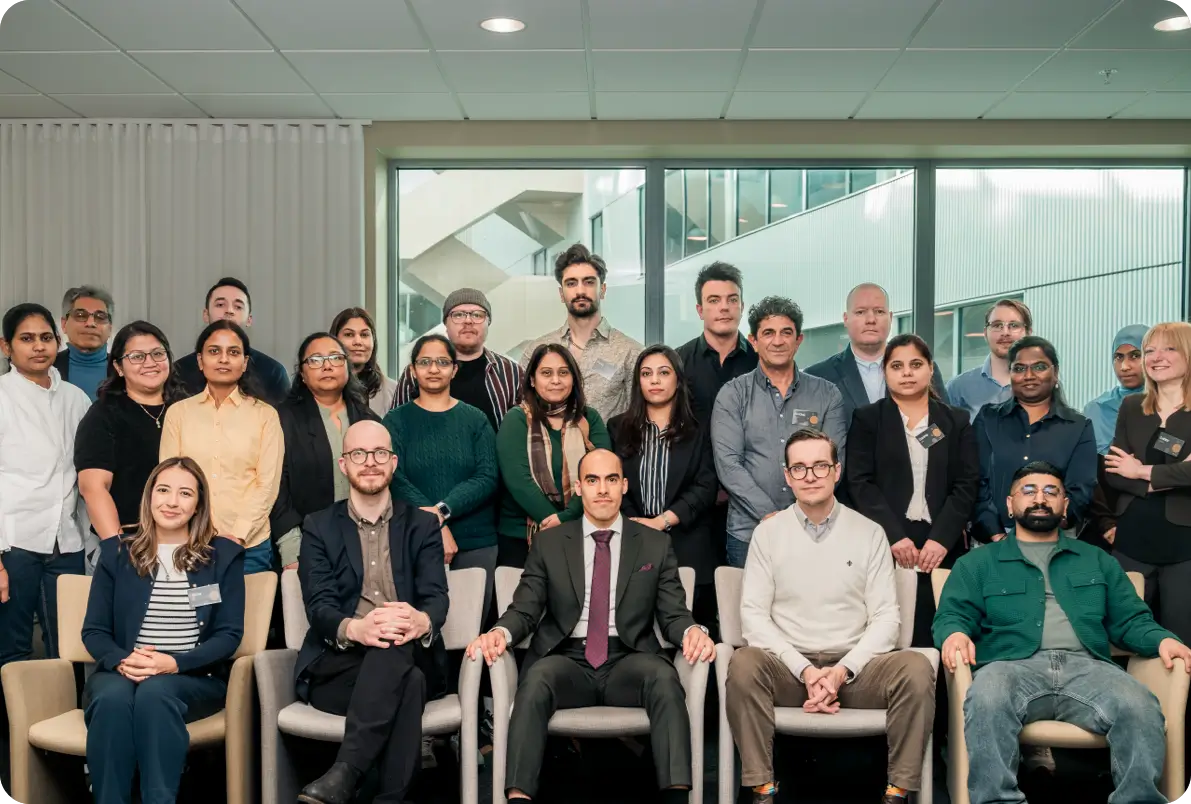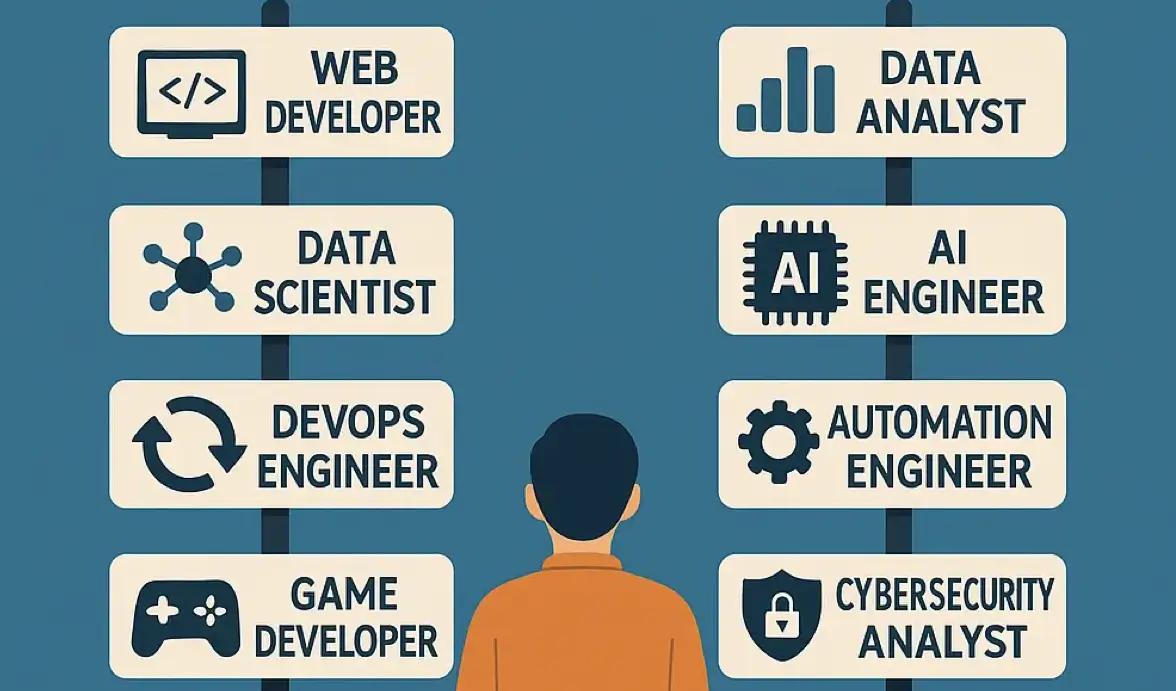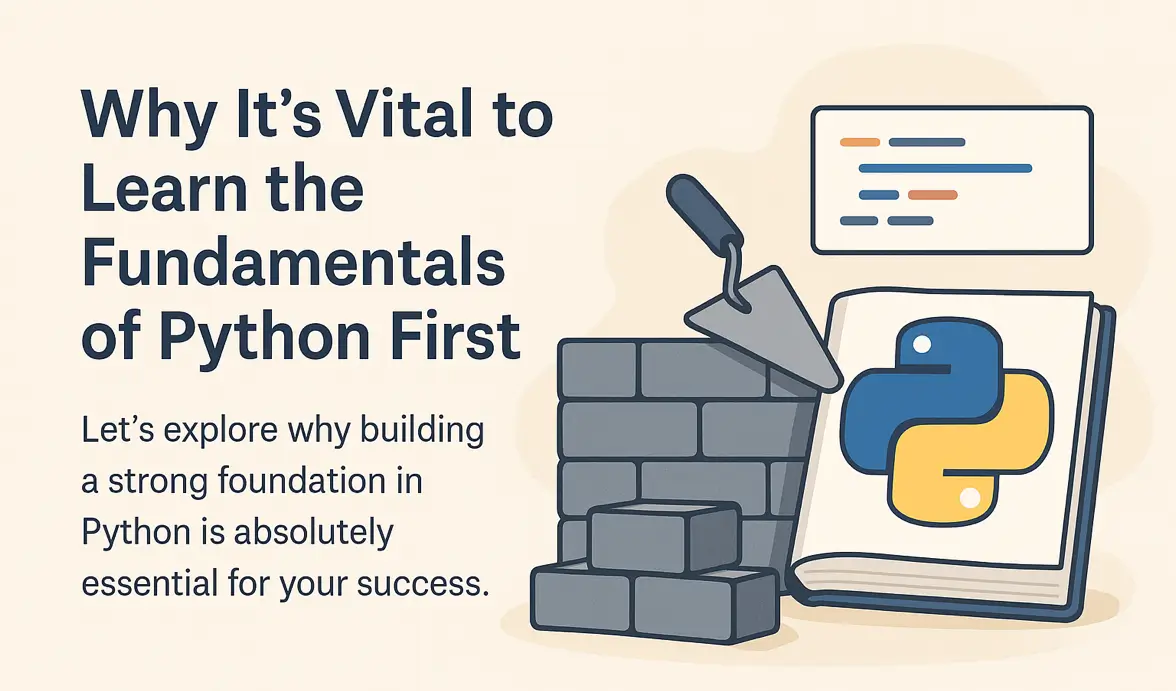
Learning Python is an exciting journey, especially with its reputation for being beginner-friendly and powerful. But in the rush to dive into advanced topics like machine learning, web frameworks, or automation tools, it’s easy to overlook the most crucial step: mastering the fundamentals. If you skip this part, everything else becomes harder than it has to be.
The fundamentals of Python include the core building blocks of the language that every developer should understand before moving on:
Mastering these topics gives you the confidence to approach more complex problems—and the tools to solve them. All the more advanced frameworks use these core building blocks of Python, but they just look intimidating because they use their own functions and variables (which look a little bit more complicated as you will see further down in this article).
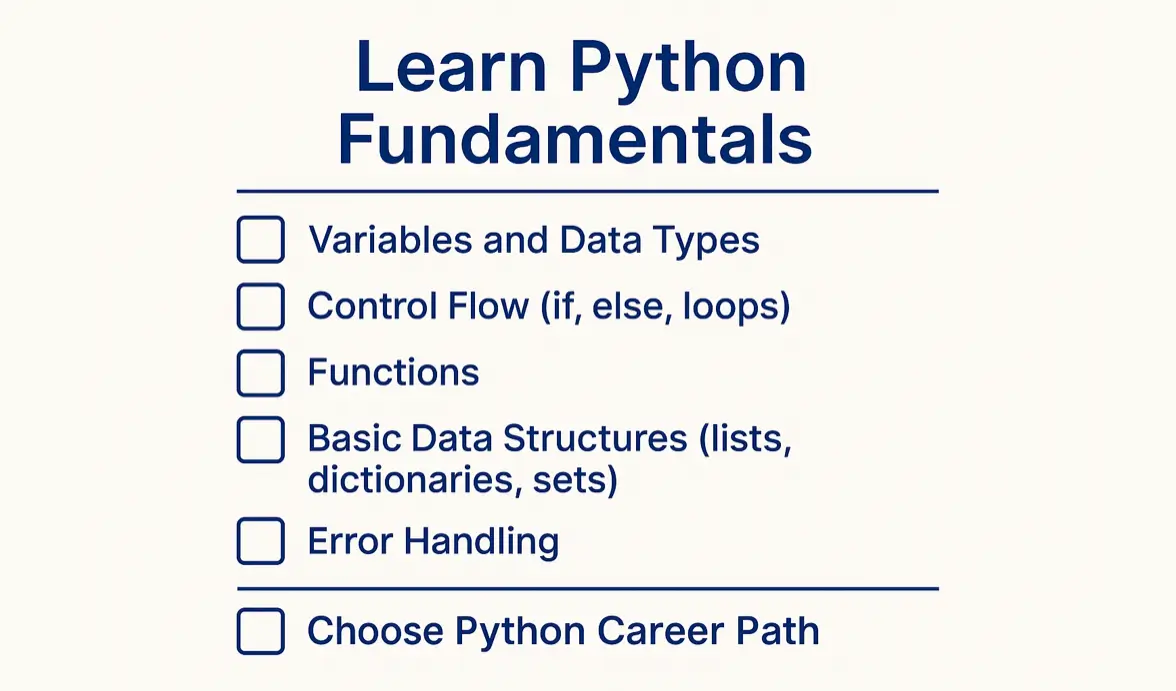
It’s tempting to jump straight into cool projects like building a website or training an AI model. But if you don’t understand how loops work, or how to handle a list of data properly, you'll hit walls quickly.
Here’s what often happens when people skip the basics:
It’s like trying to build a house without knowing how to read a blueprint. Sure, it’s technically possible—but far from ideal.

When you have a solid grip on Python basics, everything else becomes easier. You'll be able to:
Let’s say you're learning how to build a web app with Flask. The tutorial shows this:
@app.route('/greet')
def greet():
name = request.args.get('name')
return f"Hello, {name}!"
If you’ve learned the fundamentals, you’ll already understand:
def greet():) f"Hello, {name}!") name = request.args.get('name')) But without that base, this code might seem like magic—and frustrating to modify or debug.
A good rule of thumb: once you're comfortable writing small Python programs on your own, you’re ready to explore more complex tools. For example:
If the answer is “yes” to most of these, you’re probably ready to explore data science, web development, or automation.
You don’t need to spend more than 4 months stuck on basics—just make sure you really understand them before moving on. Here’s a smart approach:
Learning Python isn’t a sprint—it’s a journey. By taking the time to understand the fundamentals, you’ll save yourself from frustration and confusion later on. Whether you want to become a data scientist, web developer, or automation expert, a solid foundation will make everything easier and more rewarding. Do you want to learn faster? Don’t rush it. Take your time learning the right way and you will see how much smoother the journey becomes.
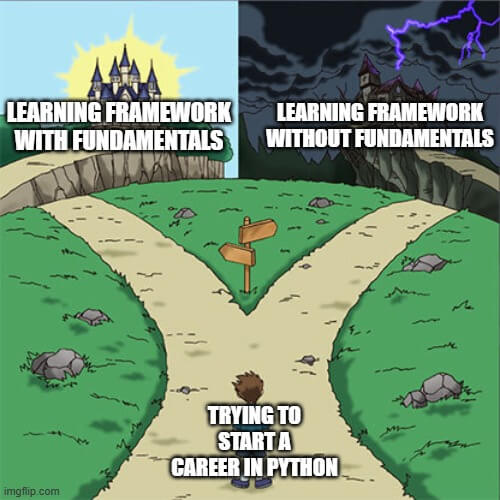
If you're ready to take that first step, check out our structured Python course for beginners at Linero Tech: Master Python Fundamentals in just 12 Weeks. We’ll guide you from beginner to confident coder—with lots of coding and expert support.
